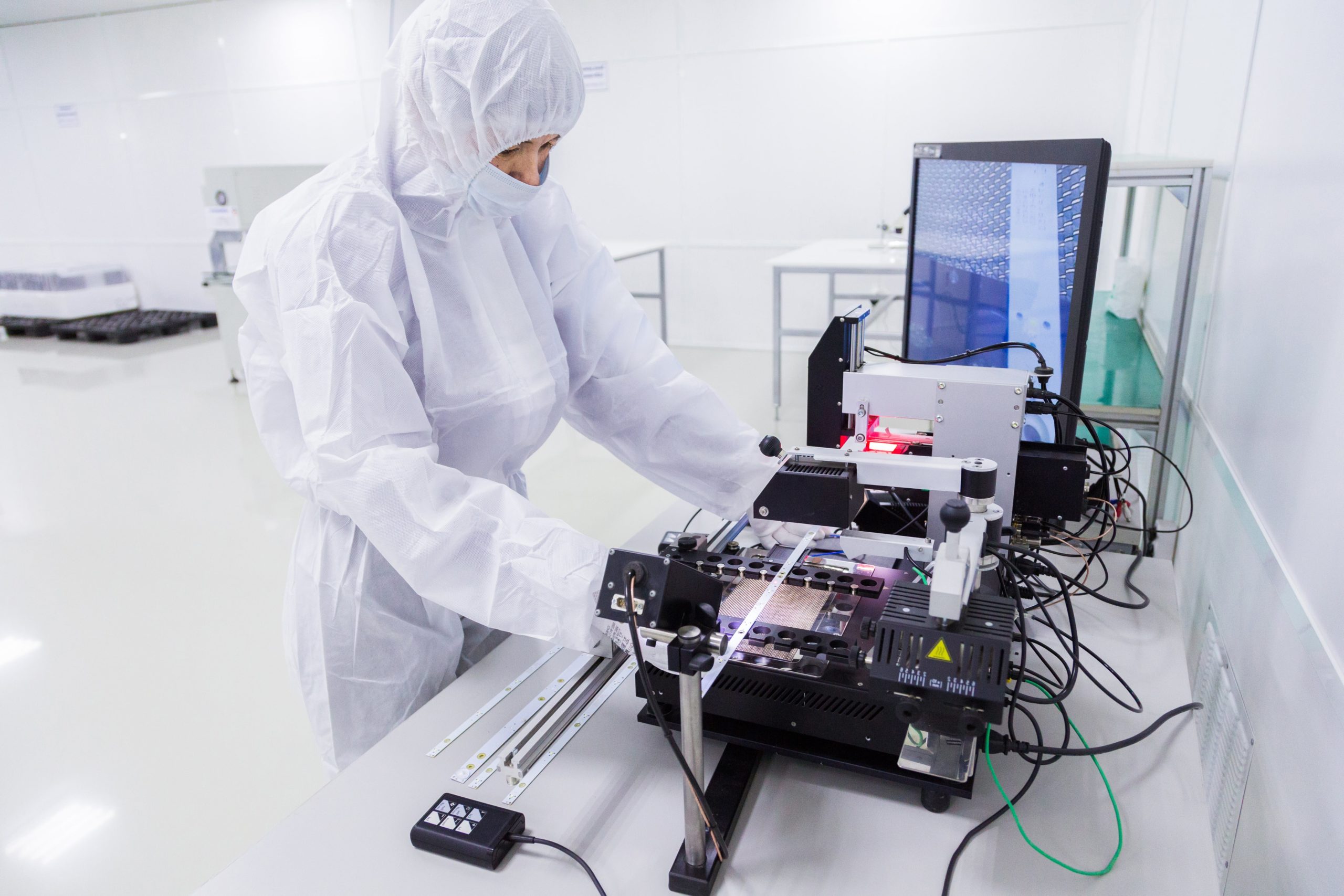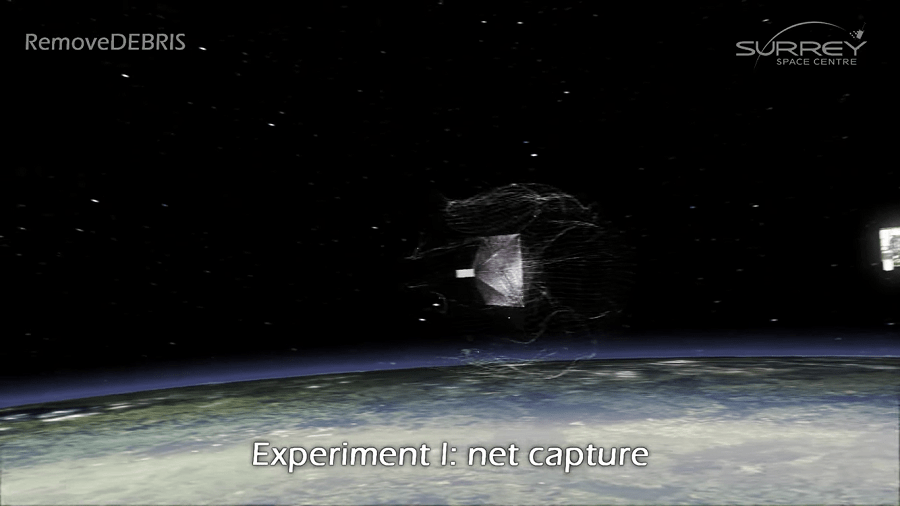We usually think of space as vast and empty. Vast it certainly is but, in the region close to Earth at least, it is becoming increasingly full of rubbish. ‘Space junk’ is the name given to the debris from 60 years’ worth of space missions that’s become trapped in the Earth’s gravitational field. This waste material continues to orbit the Earth, posing a serious risk to space exploration and the future expansion of satellite technology.
The UK is especially vulnerable to these risks as it has big plans for outer space in the near future. The Satellite Applications Catapult is helping to launch a variety of projects which aim to put the UK at the forefront of satellite technology. At the end of last year, the organisation announced that it would launch ‘orbital micro-satellites’ in order to drastically improve weather forecasting capabilities. Meanwhile, UK-based companies such as Clyde Space are working on a number of missions involving satellites.
Projects like this could be seriously hindered by space debris. Something needs to be done. Luckily, scientists have developed a number of innovative solutions to deal with the problem.
How bad is the problem?
In a word: bad. The European Space Agency estimates that there are currently 7,500 tonnes of space junk orbiting the Earth, comprised of over 170 million pieces of individual debris. These can be anything from shards of metal from spaceships, right down to nuts and bolts and even flecks of paint. The Earth’s gravitational pull causes these objects to move at alarming speeds of up to 27,000 km/h, meaning that even the tiniest object can do serious damage to a spacecraft. The European Space Agency sums up the seriousness of the risk:
‘Any of these objects can cause harm to an operational spacecraft. For example, a collision with a 10-cm object would entail a catastrophic fragmentation of a typical satellite, a 1-cm object would most likely disable a spacecraft and penetrate the ISS (International Space Stations) shields, and a 1-mm object could destroy sub-systems on board a spacecraft.’
There have already been more than 290 collisions, break-ups and explosions in space, and the problem will only worsen in years to come. It is likely that the near future will see the launch of thousands of tiny satellites for both commercial and scientific purposes. These will act as debris in themselves, possibly making companies reluctant to launch larger, more expensive satellites. If the area around Earth becomes a “no-fly zone” due to excessive debris, it will have a huge negative impact on both science and business.
Time for a spring clean
Luckily there are a number of solutions currently being trialled. The most extreme comes from Chinese scientists who, last week, unveiled a simulation of a giant laser designed to blast space debris to pieces. The system would be capable of firing twenty beams of light per second and would focus on smaller debris with extreme precision. However, the idea is only a simulation at the moment and is unlikely to come to fruition anytime soon. Aside from the obvious problem of who would build and pay for such an advanced piece of equipment, China would have a tough job convincing the rest of the world that it had no plans to weaponise a giant precision-targeted space laser.
A less bombastic approach was proposed last year by The Japanese Space Agency who launched an unmanned vessel designed to drag space junk out of the Earth’s orbit using an electromagnetic tether. However, the mission failed when the tether failed to deploy properly.
British scientists are also weighing in on the issue. Surrey Satellite Technology, a company based at the University of Surrey, is currently preparing to launch its RemoveDEBRIS project. A satellite will be carried aboard a resupply mission to the International Space Station in February. From their base at the Surrey Space Centre, the RemoveDEBRIS team will carry out four experiments designed to help in the fight against space junk. These range from firing a net over space junk and then dragging it on board to testing optical radar in order to build up a more detailed picture of space debris. The final experiment will use a dragsail to pull their own satellite out of orbit, ensuring that it does not become space junk itself
The four experiments are explained in more detail in this video.
A junk-free future?
Aside from the practicalities of cleaning up space, we also need to work out who will pay for such endeavors. Speaking to The Economist, Guglielmo Aglietti, director of the Surrey Space Centre, says that governments could work together to fund clean-up missions in order to keep space safe for their own activities. He also suggests that bounties could be placed on the most troublesome pieces of space junk allowing private bounty hunters to remove them for a price. This would be an ideal scenario: not only would we have the capability to remove space junk, but we would create a new industry as well.
Do you have a game-changing idea?
Every new technology changes the world in its own way, but very few can claim to be truly disruptive. Innovative solutions to space junk definitely fall into this category because they will allow us to maximise the scientific and commercial potential of satellite technology.
If you are working on your own disruptive technology and are looking for help in getting it off the ground and toward market, you should consider applying for an Innovate UK grant. The organisation is currently running its open sector competition. This competition allows businesses working in any field to apply for a share of £19 million. The only stipulations are that the idea must be highly disruptive and have ‘significant potential for impact on the UK economy.’
Because Innovate UK grants are awarded on a competitive basis, your application needs to stand out from the crowd to be in with a chance of winning. That’s where we come in. We have decades of experience with Innovate UK applications and we can work with you to ensure that your application has the best possible chance of success.
Get in touch today and let’s get started.







